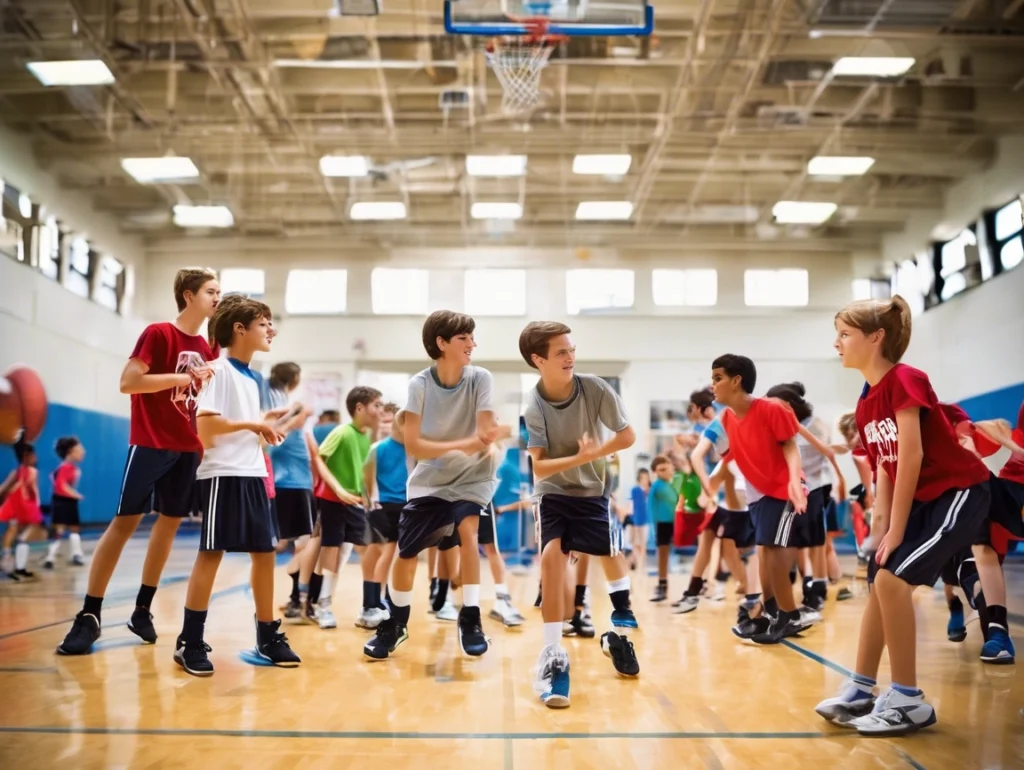
Introduction
Physical Education (PE) is often thought of as an entirely hands-on subject where students engage in physical activity under the guidance of their teachers. However, integrating the flipped classroom model into PE can enhance student engagement, understanding, and participation. By providing instructional content before class, educators can maximize in-class time for physical activities, skill development, and personalized coaching.
This article explores how PE teachers can effectively use the flipped classroom approach, offering practical strategies, recommended tools, and online resources to support active learning.
1. Understanding the Flipped Classroom in Physical Education
What is the Flipped Classroom Model?
The flipped classroom reverses traditional teaching methods:
- Pre-class learning: Students access instructional materials such as videos, readings, or interactive apps at home.
- In-class sessions: Teachers focus on skill development, drills, and personalized feedback.
- Post-class reinforcement: Students reflect on their performance and apply concepts through assignments or discussions.
Benefits of Flipping PE Classes
- Enhances student engagement by combining theory and practice.
- Encourages self-paced learning as students review content at their convenience.
- Maximizes physical activity time in class by reducing time spent on explanations.
- Provides better skill reinforcement through video demonstrations.
- Facilitates differentiation, allowing students to learn at their own pace.
Useful Resources:
2. Steps to Implement Flipped Learning in Physical Education
Step 1: Preparing Pre-Class Learning Materials
Students engage with content before class to understand key concepts. Effective pre-class materials include:
- Instructional Videos: Record your own or use YouTube PE Channels like The PhysEd Show.
- Interactive Modules: Platforms like Edpuzzle allow teachers to add quizzes to videos.
- Fitness and Health Articles: Provide materials from sources like CDC Physical Activity Guidelines.
Recommended Tool:
- PE Scholar – Lesson plans and teaching resources.
Step 2: Structuring In-Class Activities
Once students have reviewed theoretical concepts, in-class time can be optimized for practice and application.
Engaging Activities for a Flipped PE Classroom:
- Skill Stations: Set up different drills for students to rotate through.
- Peer Coaching: Encourage students to provide feedback using Coach’s Eye.
- Game-Based Learning: Use apps like GoNoodle for movement-based challenges.
- Performance Tracking: Utilize fitness wearables and apps like Strava or Fitbit.
Step 3: Providing Feedback and Assessments
- Use self-assessments through Google Forms or Plickers.
- Implement video feedback, where students analyze their performance.
- Offer goal-setting activities to track progress over time.
3. Overcoming Challenges in a Flipped PE Classroom
Challenge 1: Limited Student Access to Technology
Solution:
- Provide offline video options.
- Offer printed study guides with QR codes linking to online videos.
Challenge 2: Students Not Engaging with Pre-Class Content
Solution:
- Keep videos short (3-5 minutes) and engaging.
- Use platforms like Edpuzzle to add accountability.
- Integrate pre-class work into in-class discussions.
Challenge 3: Ensuring All Students Participate Actively
Solution:
- Use team challenges and reward engagement.
- Implement student-led warm-ups and technique demonstrations.
- Foster collaborative goal-setting for personal fitness improvements.
4. Assessing Student Progress for Flipped Classroom in Physical Education
Formative Assessments
- Exit Tickets: Ask students to reflect on their learning.
- Skill Performance Reviews: Use video recordings for analysis.
- Self and Peer Evaluations: Encourage students to assess technique and improvement.
Summative Assessments
- Fitness Challenges: Measure progress in endurance, strength, or agility.
- Project-Based Learning: Assign students to create workout plans.
- Performance Tasks: Use real-world scenarios for skill application.
Useful Assessment Tools:
Conclusion
The flipped classroom model in PE transforms traditional learning by making lessons more interactive and student-centered. By leveraging digital tools and pre-class instructional materials, educators can maximize physical activity time and foster lifelong healthy habits in students.
Further Reading & Resources for Educators:
- The PE Geek – Technology in PE
- SHAPE America – National PE Standards
- Flipped Learning Global Initiative
By integrating flipped learning strategies, physical education can become a more dynamic, inclusive, and engaging experience for students. Let’s move, learn, and grow together! 💪🎯